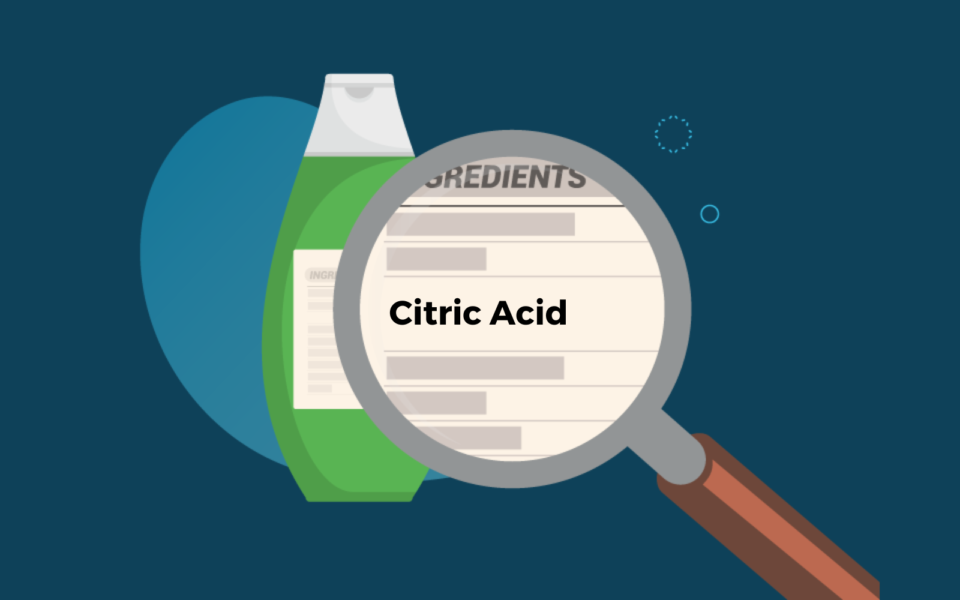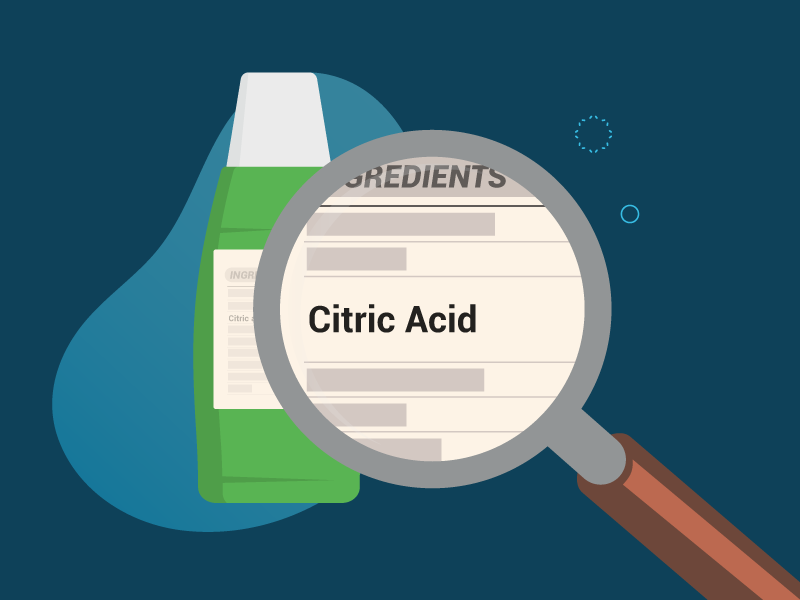Citric Acid For Hair: Benefits & How It Works | Hair Care Secrets
What secrets does citric acid hold for your hair, and can it truly unlock a new level of vibrancy and health? Citric acid, often overlooked, is a powerhouse ingredient that can profoundly impact your hair's well-being, offering benefits beyond the superficial.
The journey to understanding citric acid's role in hair care begins with a fundamental concept: pH levels. The human scalp, like the rest of our body, operates within a specific pH range. This natural pH level on the scalp typically hovers between 4.5 and 5.5, making it slightly acidic. This acidity is crucial for maintaining the health of both the scalp and the hair itself. Citric acid, in its various forms, interacts with this natural pH, leading to a cascade of positive effects.
| Citric Acid: Key Information | |
|---|---|
| Chemical Formula | C6H8O7 |
| Appearance | Colorless, odorless solid |
| Source | Citrus fruits (lemons, oranges, limes, etc.), berries, and manufactured via fermentation |
| pH Level | Typically between 3 and 6 in solution |
| Use in Hair Care | pH balancing, clarifying, conditioning agent |
| Other Uses | Food additive, cleaning agent, skincare ingredient |
| Benefits | Removes build-up, smooths hair cuticles, adds shine |
| Reference | Wikipedia |
Citric acid isn't just a buzzword; it's a vital component in many aspects of hair care. It is primarily recognized for its ability to regulate pH levels. The pH scale, ranging from 0 to 14, measures acidity. A pH of 7 is neutral; anything below is acidic, and anything above is alkaline. Healthy hair and scalp are moderately acidic, with pH levels ideally ranging between 3.67 and 5.5. Citric acid plays a crucial role in maintaining this delicate balance.
Citric acid is, at its core, an organic acid derived from citrus fruits like lemons, oranges, limes, and grapefruits, but also found in berries and even manufactured using fermentation processes. This naturally occurring compound is a colorless, odorless substance with a pH value typically ranging between 3 and 6 in solution. This inherent acidity is the key to its effectiveness in various applications, particularly in hair care.
When we delve into how citric acid functions within shampoo, we find that its purpose is multifaceted. Often included as sodium citrate or citric acid itself, it serves to maintain the correct pH level. This is essential because many shampoos have an alkaline pH, which can lift the hair cuticle, leading to dryness, frizz, and damage. Citric acid helps counteract this, bringing the shampoo's pH closer to the hair's natural, slightly acidic state. This helps to maintain the structural integrity of the hair.
The benefits of citric acid for hair are numerous. Its acidic nature allows it to gently clarify the hair, removing build-up from styling products, hard water minerals, and other impurities. This clarifying effect can leave hair feeling cleaner, lighter, and more receptive to conditioning treatments. Citric acid is also believed to smooth the hair cuticle, the outermost layer of the hair strand. A smooth cuticle reflects light better, resulting in shinier, glossier hair.
Furthermore, citric acid can act as a natural substitute for hair conditioner. Diluted citric acid solutions can have a conditioning effect, imparting a silky and glossy feel to the hair. The acid helps to close the hair cuticle, locking in moisture and reducing frizz. This is similar to the effect of apple cider vinegar rinses, another popular DIY hair treatment, although citric acid offers a more controlled and often gentler approach. In effect, it creates a more favorable environment for hair growth and health.
The use of citric acid in haircare is not limited to shampoos. It's frequently found in conditioners, clarifying treatments, and even some styling products. The primary function of citric acid in these products remains pH balancing; it helps to bring the product's pH closer to the hair's natural acidity, minimizing cuticle damage and promoting a healthier appearance. Consistent use of hair care products containing citric acid helps to maintain the benefits, however results will vary based on hair type.
For those seeking a natural approach, citric acid can be derived from fruits such as lemons, limes, or mosambis. The juice of these fruits can be used after shampooing by applying it to the hair and scalp, followed by a brief five-minute leave-in period. This DIY treatment provides a natural clarifying and conditioning effect, similar to commercial products containing citric acid.
Citric acid is also a key player in skincare, often incorporated into products as an alpha hydroxy acid (AHA). It has exfoliating properties that can help to improve the appearance of aged skin, boost firmness, and enhance elasticity. While its function in hair care differs slightly, the underlying principle remains: citric acid works by interacting with the skin and hair's natural environment to achieve a desired outcome. The ability of citric acid to influence pH levels and exfoliate, combined with its antioxidant properties, makes it a versatile ingredient in personal care.
The reason that citric acid helps so much with hair care and growth is that it is a carboxylic acid. The magic works for all carboxylic acids with 5% or higher concentration. Many chemical exfoliants are carboxylic acids, such as lactic acid, mandelic acid, glycolic acid, and salicylic acid. The chemical action is that it chemically bonds to the hair.
Citric acid is not a magic bullet that instantly transforms damaged hair into a lustrous mane. It doesnt chemically bond with the hair in a way that will miraculously make it stronger. It does, however, provide a multitude of benefits that, when combined with a good hair care routine, can promote healthier, more beautiful hair.
The acid mantle, an oily layer of sebum excreted from the sebaceous glands mixes with lactic and amino acids from sweat creating a slightly acidic layer on the scalp and skin. To understand what citric acid does for hair and skin, one must understand the pH of both. Our hair strands can absorb water which is neutral, water's pH is 7.0, anything higher than our natural pH level of 4.5 to 5.5 can lift the cuticle. To help in this process citric acid comes into play.
In essence, citric acid is a valuable tool in the arsenal of hair care. It balances pH levels, clarifies, conditions, and contributes to a healthier scalp. Whether you're using commercially produced products or exploring DIY remedies, understanding the role of citric acid can unlock new possibilities for achieving the hair of your dreams.



